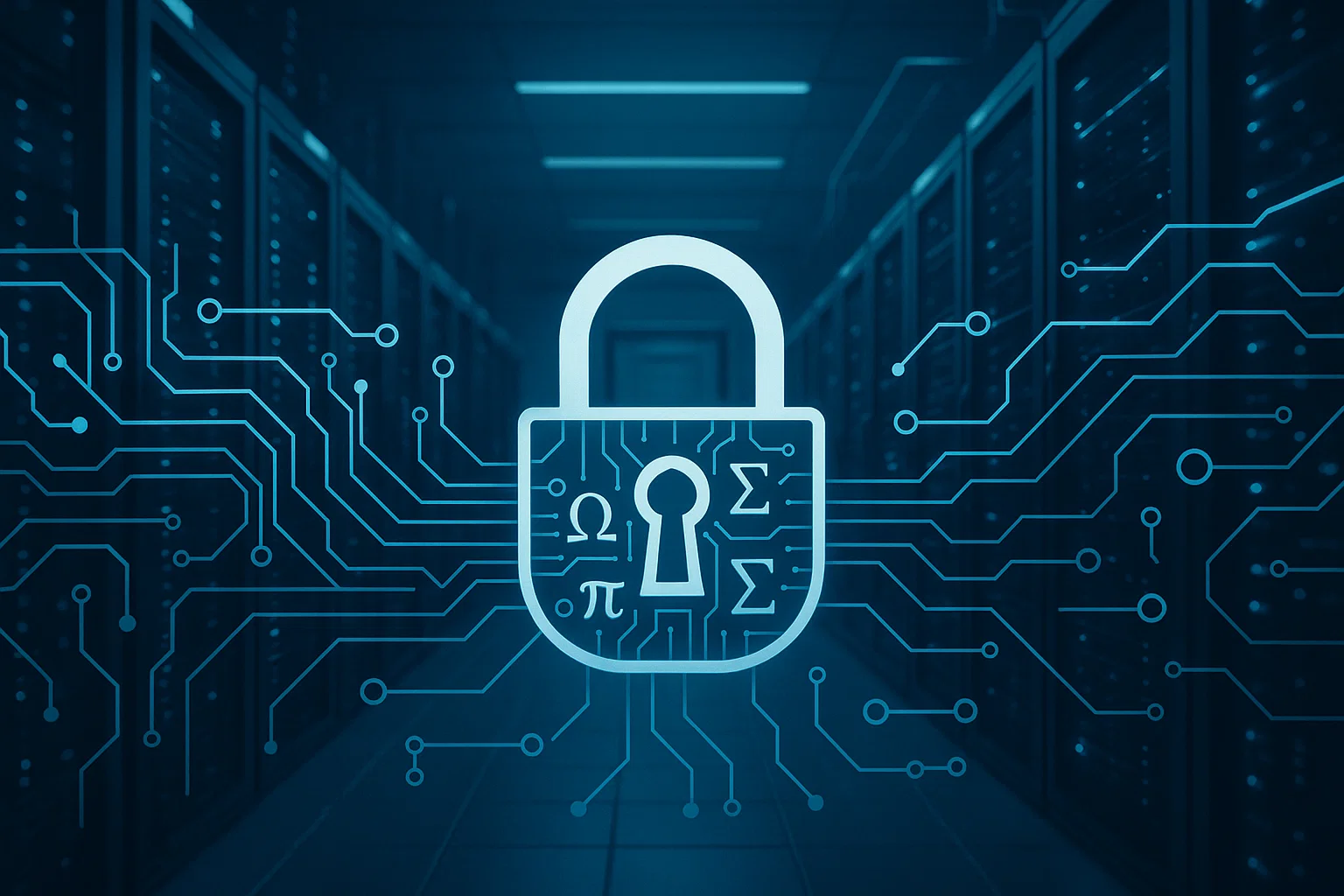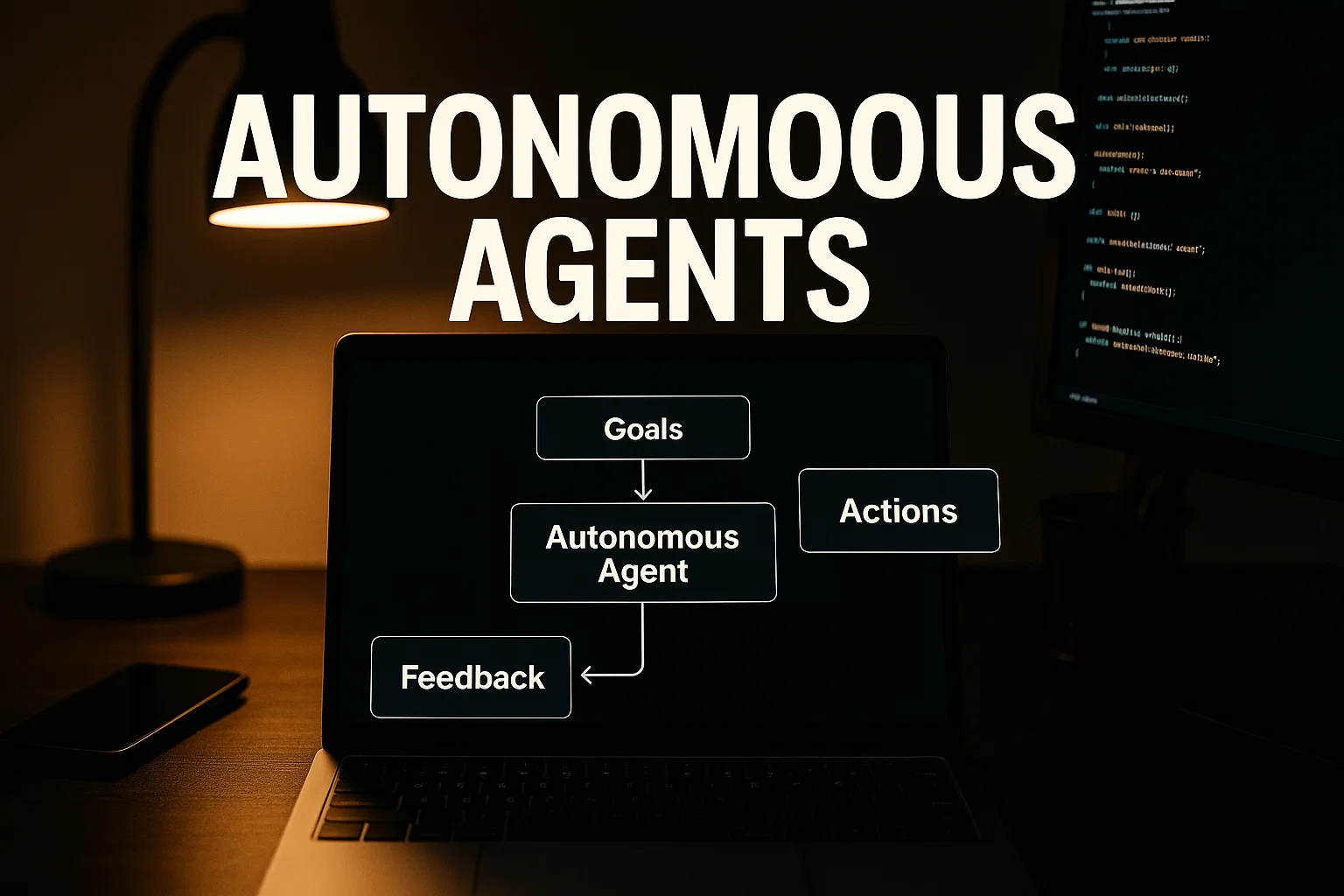Post quantum cryptography is a set of quantum-resistant algorithms and practices that protect data against future quantum attacks, use crypto-agility, inventory keys, and start hybrid migration to reduce long-term risk.
Introduction
Post quantum cryptography is the topic we’ll unpack, and this guide is informational with practical, implementable steps so you can assess, plan, and begin migration without guessing. You’ll learn what post quantum cryptography means, why standards and crypto-agility matter, a clear migration workflow, sample code, recommended tools, and legal and operational checklists. I’ll reference NIST and major cloud providers early because their guidance will shape your technical roadmap.
In my experience, starting with a cryptographic inventory and small hybrid deployments is the fastest way to gain confidence and protect high value data, so I’ll make those steps simple and repeatable for you.
What post quantum cryptography is and why it matters
Post quantum cryptography covers algorithms and systems designed to remain secure when large quantum computers exist, these algorithms are based on mathematical problems that are believed to resist quantum attacks. The goal is to replace or augment current public key systems like RSA and ECC with quantum-resistant alternatives, so data that is encrypted today does not become readable tomorrow when quantum machines can break classical primitives. NIST
Key concepts
- Quantum risk: “Harvest now, decrypt later” means attackers can record encrypted traffic today and decrypt it later if they get a quantum computer that breaks current keys.
- Quantum-resistant algorithms: Candidates include lattice-based, code-based, hash-based, and multivariate approaches, each with tradeoffs in key size and performance. Wikipedia
- Crypto-agility: Design systems so you can swap algorithms without major rewrites, this reduces risk and speeds compliance.
Recent standardization progress
Standards bodies have evaluated and selected algorithms for standardization, which gives implementers a clear path for adoption and interoperability, follow those recommendations as a foundation for migration. NIST Computer Security Resource Center
How to move toward post quantum cryptography — step-by-step
This section gives a practical migration plan you can apply, with concrete steps and a copyable code example.
- Inventory your cryptography. Catalog where keys, certificates, and encrypted archives are used, and record algorithm types, key lengths, and where private keys are held. Prioritize systems with long confidentiality needs or public exposure.
- Classify risk and prioritize assets. Rank by sensitivity, exposure, and longevity of need, then focus on critical systems and long-lived archives.
- Enable crypto-agility. Abstract crypto calls behind a library or key management interface so algorithms can be swapped with minimal code change.
- Test hybrid schemes. Use a hybrid KEM approach that combines classical and quantum-resistant key exchange, this reduces risk while standards finalize. Google Cloud
- Roll out staged migration. Start with internal services, then extend to public endpoints and external integrations, monitor performance and compatibility.
- Monitor and iterate. Track metrics, fuzz inputs, and validate interoperability with partners and major libraries.
Practical Python example, hybrid KEM pattern
# python
# Example hybrid encapsulation using a classical KEX and a PQ KEM (pseudo-code)
# Replace pseudo calls with real libs, e.g. pyca/cryptography + python-oqs
from typing import Tuple
def hybrid_key_encapsulate(classical_kex, pq_kem) -> Tuple[bytes, bytes]:
"""
Returns (shared_secret, encapsulated_blob)
classical_kex: function that returns (shared, payload)
pq_kem: function that returns (pq_shared, pq_enc)
"""
try:
shared1, payload1 = classical_kex()
pq_shared, pq_enc = pq_kem()
# Combine secrets, use HKDF or similar to derive final key
combined = hkdf_derive(shared1 + pq_shared)
encapsulated = payload1 + pq_enc
return combined, encapsulated
except Exception as e:
# Minimal error handling, log and raise to caller
raise RuntimeError("Hybrid encapsulation failed") from e
# Short explanation: this pattern mixes classical and PQ secrets, so an attacker
# must break both to recover the final key.
Explanation: Use a HKDF to combine classical and PQ shared secrets, this gives layered security while you migrate.
Best practices, tools, and quick install tips
Follow these patterns to keep migration safe and manageable.
Best practices
- Start with inventory and risk scoring, then pilot hybrid deployments.
- Wrap cryptographic calls behind a single interface for easier algorithm swaps.
- Test interoperability with major clients and libraries before rolling out public endpoints.
Recommended tools and resources
- NIST Post-Quantum Cryptography resources
- Pros: authoritative standards and recommendations, Cons: technical depth may be dense.
- Install/start tip: use NIST selected algorithm profiles as baseline for system tests. NIST
- Cloud provider PQC toolkits and guidance (for example cloud migration guides)
- Pros: practical deployment patterns, managed services, Cons: provider lock-in if you over-rely on vendor-specific APIs.
- Install/start tip: test provider PQC options in sandbox instances and validate TLS/QUIC paths. Google Cloud
- Open source PQ libraries, and PQ KEM bindings (for example libraries that expose Kyber/Dilithium implementations)
- Pros: early access to PQ primitives, Cons: compatibility and maintenance differences across projects.
- Install/start tip: start with maintained bindings and run test vectors against reference implementations.
Quick pro/con notes
- Lattice-based algorithms are performant but may require larger keys.
- Hash-based signatures are conservative but result in large signatures.
- Code-based schemes can have very large public keys, plan accordingly. Wikipedia
Challenges, legal and ethical considerations, troubleshooting
Adopting post-quantum cryptography brings technical, compliance, and operational questions.
Common challenges
- Performance impacts, such as larger keys and longer signatures.
- Interoperability issues with older clients and constrained devices.
- Supply chain and vendor compatibility when partners or libraries lag behind.
Compliance checklist
- Inventory cryptographic assets and document algorithms and versions.
- Use tokenization and HSMs for private key protection, and log all key changes.
- Maintain auditable records of algorithm choices, test results, and migration steps.
- Ensure privacy, ToS, and data residency policies are followed when changing cryptographic handling.
Troubleshooting tips
- If connections fail after adding PQ KEMs, test pure classical and pure PQ paths to isolate the issue.
- Use test suites and interoperability labs, and replay failed handshakes with captured traces.
- If performance is unacceptable, try hybrid negotiation where PQ is used only for key agreement, not signatures.
Alternatives: delay migration on low-risk, short-lived data, or use application-layer envelopes that can be re-encrypted later.
NIST defines post-quantum cryptography as algorithms intended to resist quantum attacks and guides standardization and migration. (nist.gov) NIST
Major cloud providers recommend hybrid testing and phased rollout to ensure compatibility and safety. (cloud.google.com) Google Cloud
Conclusion and CTA
Post quantum cryptography is not just academic, it is a practical migration you can plan for with inventory, crypto-agility, hybrid deployments, and careful testing. Start with critical assets, wrap crypto calls for easy swaps, and measure impacts in sandbox before public rollout. Focus on crypto-agility, hybrid proof-of-concepts, and auditable processes to reduce risk.
Welcome to Alamcer, a tech-focused platform created to share practical knowledge, free resources, and bot templates. Our goal is to make technology simple, accessible, and useful for everyone. We provide free knowledge articles and guides in technology, offer ready-to-use bot templates for automation and productivity, and deliver insights to help developers, freelancers, and businesses. For custom development, migration help, or templates to accelerate post quantum cryptography work, contact Alamcer.
Key takeaways:
- Inventory and prioritize cryptographic assets.
- Use hybrid KEMs to lower early migration risk.
- Design for crypto-agility to swap algorithms fast.
- Document and log algorithm versions for auditability.
Further reading: NIST post-quantum project, Google Cloud PQC overview, Cloudflare PQC coverage. NIST
FAQs
What is post quantum cryptography?
Post quantum cryptography refers to cryptographic algorithms designed to remain secure against adversaries that have access to large-scale quantum computers, focusing on quantum-resistant key exchange and signatures.
Why should I care about post quantum cryptography?
Because attackers could record encrypted data now and decrypt later when quantum computers exist, protecting long-lived or sensitive data requires proactive planning and migration.
How do I begin migrating to post quantum cryptography?
Start with a full inventory of keys and certificates, assess risk, implement crypto-agility, test hybrid deployments, then roll out in stages to internal, then public systems.
Are there standards for post quantum cryptography?
Standards organizations have selected candidate algorithms and provide reference material and implementation guidance, use those standards as the backbone of your migration strategy. NIST Computer Security Resource Center
Will post quantum cryptography slow my systems down?
Some PQ algorithms have larger keys or signatures which can affect performance, measure and optimize by choosing suitable primitives and using hybrid approaches where appropriate.
Which algorithms are recommended right now?
There are vetted families like lattice-based KEMs and signature schemes, hash-based signatures for conservative cases, and others, each with tradeoffs — follow NIST and provider guidance. NIST Computer Security Resource Center
How do I test interoperability with clients and browsers?
Run hybrid TLS and QUIC tests in sandbox, capture handshake traces, and use interoperability testing from cloud providers and community test suites to validate behavior. Google Online Security Blog
Do I need legal or privacy review when migrating?
Yes, changing cryptographic handling can affect privacy, terms of service, and compliance; consult legal and compliance teams for jurisdictional advice.
post quantum cryptography
Post quantum cryptography is the set of methods and standards to protect information from attacks by quantum computers, and it includes algorithm replacement, hybrid schemes, and operational steps for safe migration.
Who can help with a migration project?
For custom planning, automation templates, and integration, contact Alamcer for consulting, migration support, and ready-made templates to speed your transition.
Compliance and disclaimer
This guide is technical and informational, not legal advice. Follow applicable privacy laws, processor terms, and data protection regulations, and consult legal or compliance professionals for jurisdictional guidance where needed.



